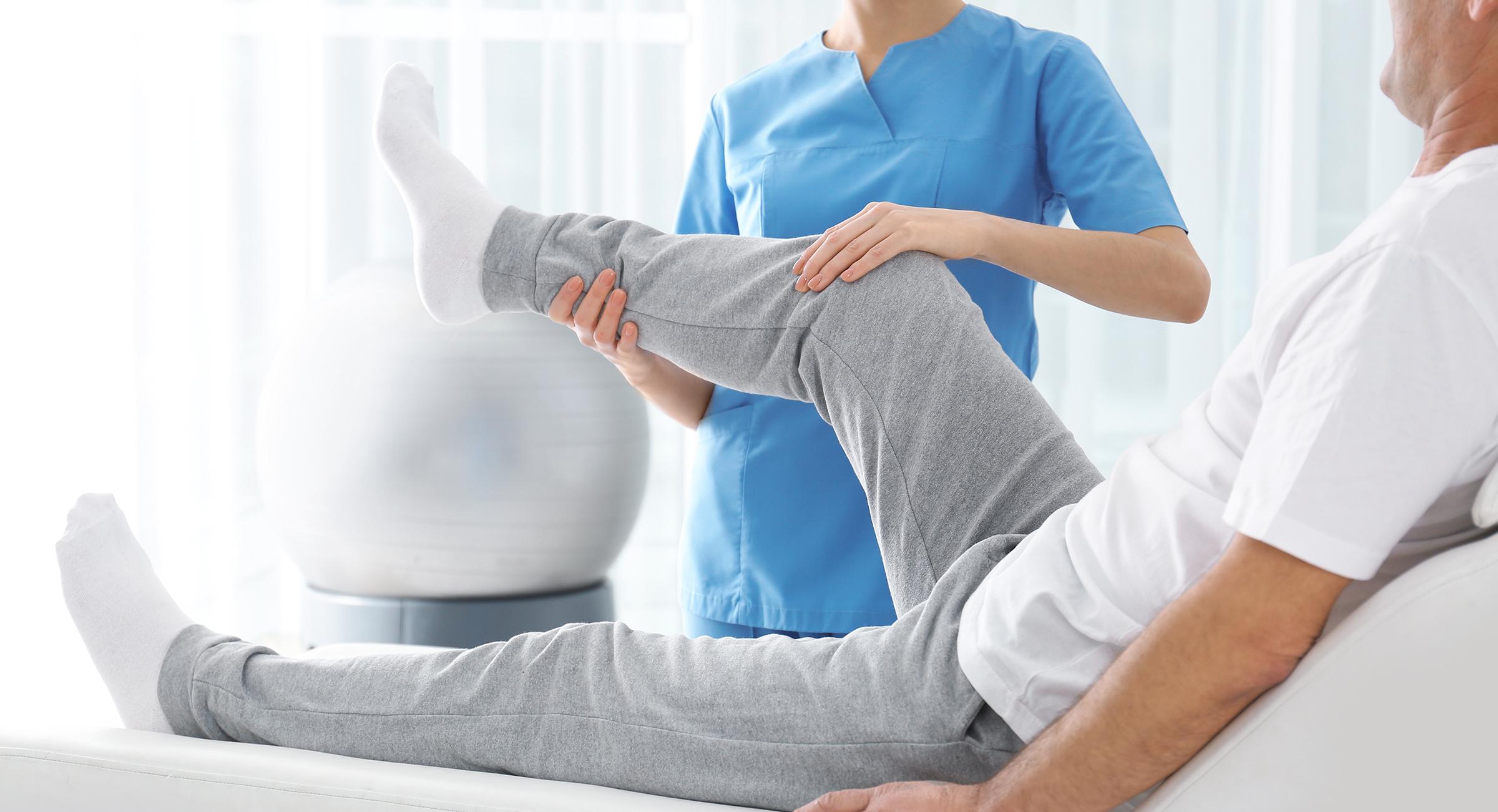An orthopedic surgery is a major surgery.
How will the postoperative pain affect me?
What medication will I receive?
Combining some of these medicines works better than a high dose of one single medicine (multimodal treatment), with less side effects. The appropriate combination will allow you to move freely and comfortably shortly after surgery. This is called "early ambulation" which will accelerate the wound healing and improve your overall recovery.
NSAIDs: non-steroidal anti-inflammatory drugs. These drugs decrease swelling and soreness and reduce inflammation after surgery. NSAIDs are often used in combination with opioids. NSAIDs can cause side effects such as stomach upset and bleeding, and may be associated with ulcers or may have cardiac side effects. Some commonly used NSAIDs: aspirin, ibuprofen, diclofenac, naproxen.
Opioids: opioids are potent pain killers that trigger a chemical reaction in the brain that reduces the perception of pain. Opioids may be given orally or through an infusion. You may be given a pain pump that allows you to give yourself a dose of pain medication each time you need it. The pump is programmed in such a way you cannot overdose. Most common side effects include gastro-intestinal discomfort, constipation, itching, respiratory depression, risk for addiction.
Epidural:the doctor will administer the medication (local anesthetic or opioid) through a small tube (catheter) inserted in your back. While this technique has proven to be very efficacious, it may also come with severe neurological complications, side effects (such as hypotension and urinary retention, see also under opioids) and a high failure rate.
Regional infusion technique: at the end of the surgical procedure the doctor will place a small tube (catheter) in the surgical wound or nearby the relevant peripheral nerve. Through this catheter a long acting local anesthetic (pain killer) will be injected. The catheter is connected to an infusion system. Over the following hours and days, the infusion system will continuously administer the medication to the site of the surgery and relieve the pain. The local anesthetics used with this technique work by blocking the pain signals that travel along the nerves to your brain. They do not cause the side effects of drowsiness, constipation, or breathing problems that you may experience with opioids. Most commonly used local anesthetics include bupivacaine, levobupivacaine and ropivacaine.
Will I still be able to do physical therapy exercises?
Orthopedic surgery comes with a recovery period afterward: your body must heal before you regain your motion and strength in the area. Being up on your feet & exercise is vital for this and physical therapy exercises will help to gradually strengthen the damaged tissue around the surgical site.
Depending on your surgery and your physical status, your doctor and physical therapist may even have you up and moving the day of your surgery. It is therefore important that your pain is treated adequately.
Discuss your revalidation plan and the pain treatment during that period with your doctor.
